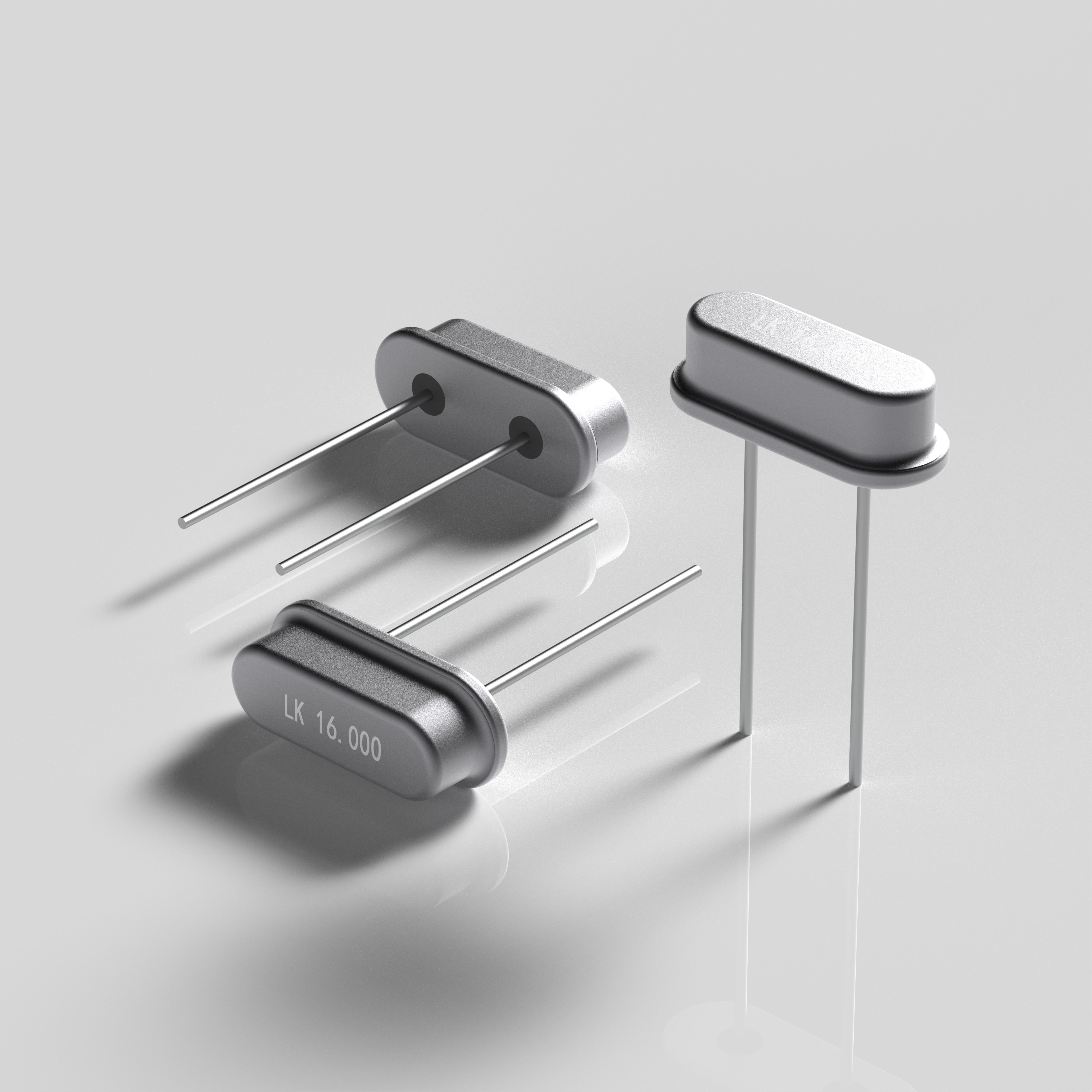Unveiling the Intricacies of the Mechanical Fuel Pump: A Journey into its Life
The mechanical fuel pump is a vital component in the automotive industry, responsible for delivering fuel from the tank to the engine. In this forum post, we will delve into the life of a mechanical fuel pump, exploring its functionality, maintenance, and potential issues. By understanding the inner workings of this crucial device, we can ensure optimal performance and longevity.
- The Anatomy of a Mechanical Fuel Pump:
The mechanical fuel pump consists of several key components, including a diaphragm, pushrod, inlet and outlet valves, and a camshaft. The diaphragm, driven by the camshaft, creates suction to draw fuel from the tank. The pushrod transfers this motion to the diaphragm, while the inlet valve allows fuel to enter and the outlet valve directs it towards the engine. - Functionality and Operation:
When the engine is running, the camshaft rotates, causing the pushrod to move up and down. This motion drives the diaphragm, creating a vacuum that pulls fuel from the tank through the inlet valve. As the diaphragm compresses, the outlet valve opens, allowing fuel to flow towards the engine. This continuous cycle ensures a steady supply of fuel to meet the engine's demands. - Maintenance and Care:
To maintain the optimal performance of a mechanical fuel pump, regular maintenance is crucial. Here are some key aspects to consider:
- Inspect and clean the fuel pump regularly to remove any debris or sediment that may hinder its operation.
- Check the pushrod for wear and ensure it moves freely without any restrictions.
- Verify the condition of the diaphragm and valves, replacing them if necessary.
- Regularly inspect the fuel lines and connections for leaks or damage.
- Common Issues and Troubleshooting:
Despite their robust design, mechanical fuel pumps can encounter issues over time. Here are a few common problems and their possible solutions:
- Insufficient Fuel Delivery: This may be caused by a clogged fuel filter, a faulty diaphragm, or worn-out valves. Check and replace these components as needed.
- Noisy Operation: Excessive noise during operation can indicate a worn-out pushrod or loose mounting bolts. Tighten or replace these components accordingly.
- Fuel Leaks: Leaks can occur due to damaged fuel lines or faulty gaskets. Inspect and replace any damaged parts to prevent fuel leakage.
Conclusion:
The life of a mechanical fuel pump revolves around its intricate functionality, regular maintenance, and troubleshooting potential issues. By understanding its anatomy, operation, and care requirements, we can ensure a reliable fuel supply to keep our engines running smoothly. Remember to prioritize regular inspections and maintenance to extend the life of this critical component in the automotive industry.


